|
|
|
Please get well soon, Cliff! |
Get Well Cliff
Best of love to my dear friend and health and spiritual advisor, Renaissance man and brilliant doctor, Cliff Oliver (HÇQ). He is undergoing nasty skin cancer surgery this morning in San Diego. If you are the praying type, please say a prayer for Cliff. All are asked to shoot him some healing love and energy. Tanks!
Light
Understanding the direction and qualities of light is one of the great keys to being a successful nature photographer. The next step is to study and grasp the relationship between sky conditions and the strength and direction of the wind. A San Diego IPT is a great place to learn about light and wind direction and how it affects bird photography.
What’s Up?
Alan Goodwin and I spent a great long morning together on Monday at Fort DeSoto. He showed up with his brand new Sony 600mm f/4GM lens and his brand new Sony a-1. He had never used a super telephoto lens before. He had never used an a-1 body before. After ten minutes of instruction, he began making great images. I will share some of those with you here in a future blog post.
On Tuesday John Dupps and Paul Marbourg joined us for the first day of the IPT. It was a huge learning experience for everyone. Alan was having a problem hitting buttons on the a1 that were screwing him up so we fixed three troublesome menu items and now he is as happy as a clam. The day began mostly cloudy with a NE wind (good) and brightened up a bit. With the afternoon forecast calling for east winds with rain we photographed until 12:30pm, headed back to our places for a quick shower, met at 1:30 for a great lunch as usual at Neptune Grill in Gulfport, and then review images until 4:15pm!
Today is Wednesday 15 November, 2023. We likely be doing another long, single, morning session as the forecast is the same as it was on Tuesday. Wherever you are a whatever you are doing, I hope that you too have a great day.
Please remember to use the B&H and Amazon links that are found on most blog pages and to use the BIRDSASART discount code at checkout when purchasing your new gear from Bedfords to get 3% back on your credit card and enjoy free second-day air FedEx. Please, also, consider joining a BAA IPT. You will be amazed at how much you will learn!
You can find some great photo accessories (and necessities, like surf booties!) on Amazon by clicking on the Stuff tab on the orange/yellow menu bar above. On a related note, it would be extremely helpful if blog-folks who, like me, spend too much money on Amazon, would get in the habit of clicking on the Amazon logo link on the right side of each blog post when they shop online. As you might expect, doing so will not cost you a single penny, but would be appreciated tremendously by yours truly. And doing so works seamlessly with your Amazon Prime account.
If an item — a Delkin flash card, or a tripod head — for example, that is available from B&H and/or Bedfords, is also available in the BAA Online Store, it would be great, and greatly appreciated, if you would opt to purchase from us. We will match any price. Please remember also to use my B&H affiliate links or to earn 3% cash back at Bedfords by using the BIRDSASART discount code at checkout for your major gear purchases. Doing either often earns you free guides and/or discounts. And always earns my great appreciation.
|
|
|
Clockwise from the upper left back around to center: Osprey gaining altitude after missed strike; school of mullet under attack from below; Wood Stork with Southern Whiting; Osprey with Menhaden; Wood Stork with small lobster; Royal Tern with large baitfish; Osprey with Menhaden; juvenile Osprey directly overhead “t-shot”; Osprey taking flight with freshly caught Mullet. |
Sebastian Inlet In-the-Field Sessions
Join me for 3 hours of morning In-the-Field Instruction at Sebastian Inlet for only $300.00/session. The main target will be Ospreys fishing for a variety of migrating saltwater fish that visit the inlet each fall. Back-up subjects include fishing gulls, terns, and Brown Pelicans, Wood Stork, a variety of herons and egrets, sunrise cloud-scapes, and the occasional sea turtle or manatee.
November Dates: 20-25, 2023.
Please get in touch via e-mail to book one or more sessions.
The 2024 San Diego Brown Pelicans (and more!) IPTs
San Diego IPT #1: 4 1/2 DAYS: TUES 23 JAN thru the morning session on SAT 27 JAN 2024: $2699.00. Deposit: $699.00. Limit: 6/Openings 5.
San Diego IPT #2: 3 1/2 DAYS: WED 31 JAN thru the morning session on SAT 3 FEB, 2024: $2149.00. Limit: 6 photographers
Please e-mail for information on personalized pre- and post-IPT morning sessions.
Join me in San Diego to photograph the spectacular breeding plumage Brown Pelicans with their fire-engine red and olive green bill pouches; Brandt’s (nesting) and Double-crested Cormorants; breeding plumage Wood and Ring-necked Ducks; other duck species possible including Lesser Scaup, Redhead, Northern Shoveler and Surf Scoter; a variety of gulls including Western, California, and the gorgeous Heermann’s, all in full breeding plumage; shorebirds including Marbled Godwit, Willet, Sanderling and Black-bellied Plover; many others are possible including Least, Western, and Spotted Sandpiper, Whimbrel, Black and Ruddy Turnstone, Semipalmated Plover, and Surfbird; Harbor Seals and California Sea Lions (both depending on the current regulations and restrictions). And as you can see by studying the IPT cards, there are some nice bird-scape and landscape opportunities as well. Not to mention a ton of excellent flight photography opportunities and instruction.
I discovered some really neat new spots on my 2022/23 visit. As a result, the first and second IPTs may include an afternoon or two of landscape photography.
Please note: where permitted and on occasion, ducks and gulls may be attracted (or re-located) with offerings of grains or healthy bread.
|
|
|
San Diego offers a wealth of very attractive natural history subjects, including and especially the Pacific race of California Brown Pelican. With annual visits spanning more than four decades, I have lots of photographic experience there … Click on the composite to enjoy a larger version. |
Learning Exposure, Whether You Like It Or Not
Whether you like it or not, we will be beating the subject of exposure like a dead horse. In every new situation, you will hear my thoughts on exposure along with my thoughts on both Nikon and Canon histograms and SONY Zebras. Whether you like it or not, you will learn to work in manual mode so that you can get the right exposure every time (as long as a bird gives you ten seconds with the light constant). Or two seconds with SONY zebras … And you will learn what to do when the light is changing constantly. What you learn about exposure will be one of the great takeaways on every IPT.
|
|
|
Though the pelicans will be the stars of the show on this IPT, there will be many other handsome and captivating subjects in wonderful settings. Click on the composite to enjoy a larger version. |
It Ain’t Just Pelicans
With gorgeous subjects just sitting there waiting to have their pictures taken, photographing the pelicans on the cliffs is about as easy as nature photography gets. With the winds from the east almost every morning, there is usually some excellent flight photography, at times with 70-200mm lenses! And the pelicans are almost always doing something interesting: preening, scratching, bill pouch cleaning, or squabbling. And then there are those crazy head throws that are thought to be a form of intra-flock communication. You will be guided as to how to make the best of those opportunities. Depending on the weather, the local conditions, and the tides, there are a variety of other fabulous photo chances available in and around San Diego. Each IPT will include one or two duck sessions.
|
Did I mention that there are lots of great birds and natural history subjects in San Diego in winter? Click on the composite to enjoy a larger version. |
The San Diego Details
These IPTs will include four or five 3-hour morning photo sessions, three or four 1 1/2-hour afternoon photo sessions, and three or four working brunches that will include image review and Photoshop sessions. On rare cloudy days, we may — at the leader’s discretion, stay out in the morning for a long session and skip that afternoon shoot. To ensure early starts, breakfasts will be your responsibility. And so that we can get some sleep, dinners will be on your own as well. In the extremely unlikely event that Goldfish Point is closed due to local ordinance (or whimsy) — that has never happened in the past fifty years, I will of course do my very best to maximize our photographic opportunities.
Deposit Info
A $699 deposit is required to hold your slot for one of the 2024 San Diego IPT. You can send a check (made out to “BIRDS AS ART”) to us here: BIRDS AS ART, PO Box 7245, Indian Lake Estates, FL, 33855, or call Jim or Jennifer at the office with a credit card at 863-692-0906. Your balance, payable only by check, is due three months before the trip.
|
Variety is surely the spice of life in San Diego. Click on the composite to enjoy a larger version. |
Getting Up Early and Staying Out Late
On all BIRDS AS ART IPTS including and especially the San Diego IPT, we get into the field early to take advantage of unique and often spectacular lighting conditions and we stay out late to maximize the chances of killer light and glorious sunset silhouette situations. We often arrive at the cliffs a full hour before anyone else shows up to check out the landscape and seascape opportunities.
B&H Simplified
To ensure that I get credit for your B&H purchases, you can always click here. The tracking is invisible but greatly appreciated. And, you can use your PayBoo card. You must use the website to order. B&H will reopen on Fri April 14. Thanking me for the past 4000 educational blog posts could not be any easier and will not cost you one penny. Please shoot me your B&H receipt for major purchases.
Bedfords Simplified
Click here to start your search. Choose standard shipping, and when you get to the payment page, enter BIRDSASART in the discount code box and hit apply. You will be upgraded to free second day air Fed-Ex and receive 3% cash back on your credit card once your stuff ships. Either is greatly appreciated by yours truly.
B&H
Many folks have written recently stating that they purchased a Sony a1 from B&H and would like their free membership in the Sony 1 Info and Updates Group, a $150.00 value. When I check my affiliate account, their orders have not been there. When I let them know that they get credit for B&H purchases only if they use one of the many B&H affiliate links on the blog or begin their searches with this link, they are always disappointed. If in doubt, please contact me via e-mail and request a BH link. I am always glad to help and to guide you to the right gear.
Bedfords Amazing BAA Discount Policy
Folks who have fallen in love with Bedfords can now use the BIRDSASART coupon code at checkout to enjoy a post-purchase, 3% off-statement credit (excluding taxes and shipping charges) on orders paid with a credit card. The 3% credit will be refunded to the card you used for your purchase. Be sure, also, to check the box for free shipping to enjoy free Second Day Air Fed-Ex. This offer does not apply to purchases of Classes, Gift Cards, prior purchases.
Visit the Bedfords website here, shoot Steve Elkins an e-mail, or text him on his cell phone at (479) 381-2592.
Important Note
As an Amazon Associate, I earn a small percentage when you purchase from Amazon after using any of the Amazon links on the blog (including the logo-link on the right side of each blog post page). My affiliate link works fine with Amazon Prime and using it will not cost you a single cent. Huge thanks, BTW 🙂


Gear Questions and Advice
Too many folks attending BAA IPTs and dozens of photographers whom I see in the field and on BPN, are — out of ignorance — using the wrong gear, especially when it comes to tripods and more especially, tripod heads. And the same is true in spades when ordering new camera bodies or lenses. My advice will often save you some serious money and may help you avoid making a seriously bad choice. Please know that I am always glad to answer your gear questions via e-mail. If you are desperate, you can try me on my cell at 863-221-2372. Please leave a message and shoot me a text if I do not pick up.
|
|
|
This image was created on 22 December 2022 at La Jolla, CA. Standing at full height, I used the handheld Sony FE 200-600mm f/5.6-6.3 G OSS lens (at 600mm) and The One, the Sony Alpha 1 Mirrorless digital camera. ) The exposure was determined using Zebra technology with Exposure Compensation on the Thumb Dial. Multi-metering +1.7 stops in Shutter Priority: 1/40 second at f/6.3 (wide open). AUTO ISO set ISO 1600. AWB at 6:32:33am long before the sun came over the big hill in La Jolla. RawDigger showed the raw file brightness to be 1/3-stop short of perfect. Tracking: Zone/AF-C with Bird Face/Eye Detection performed perfectly. Be sure to click on the image to enjoy a high-res version. Image #1: Pelagic Cormorant pre-dawn flight blur
|
Pre-dawn Blurs
Most mornings at La Jolla many hundreds of cormorants head out to sea long before the sun comes up. And on most mornings, the Pacific Ocean shows some sweet colors to those who look to the east. There are very few Pelagic Cormorants in San Diego. I identified this one by it small, sharp bill. The choice of 1/40 second shutter speed and smooth panning resulted in a sharp head and hill and pleasingly blurred wings. The sunrise color was enhanced using the fabulous, new Luminance Targeted Adjustment Tool. Note that the relatively small maximum aperture of the Sony 200-600 is not problematic when you are doing intentional blurs.
|
|
|
This image was created on 24 December 2022 at La Jolla, CA. Standing at full height, I used the Robus RC-5558 Vantage Series 3 Carbon Fiber Tripod/Levered-Clamp FlexShooter Pro-mounted Sony FE 600mm f/4 GM OSS lens, the Sony FE 2.0x Teleconverter, and The One, the Sony Alpha 1 Mirrorless Digital Camera). The exposure was determined via Zebra technology with ISO on the thumb dial. ISO 50: 1/15 sec. at f/8 (wide open) in Manual mode. When evaluated in RawDigger, the raw file exposure was determined to be perfect. AWB at 7:31:02am right as the sun hit the lake. Tracking: Expand Spot/AF-C with Bird Face/Eye detection enabled performed perfectly. Be sure to click on the image to enjoy a high-res version. Image #2. Northern Shovelers/group feeding circle |
Northern Shoveler Circle of Confusion Feeding
Northern Shovelers employ a crazy group feeding strategy where a dozen to a hundred birds swim slowly in a tight circular formation feeding on whatever ducks feed on. To me, a slow shutter speed seemed the best way to get across what was going on.
|
|
|
This image was created on 25 December 2022 at La Jolla, CA. Standing at full height, I used the Robus RC-5558 Vantage Series 3 Carbon Fiber Tripod/Levered-Clamp FlexShooter Pro-mounted Sony FE 70-200mm f/2.8 GM OSS II lens (at 70mm) and The One, the Sony Alpha 1 Mirrorless Digital Camera.. The exposure was determined via Zebras with Exposure Compensation on the thumb dial. Multi-metering plus 2 stops in Shutter Priority mode. 1/125 second at f2.8 Wide open). AUTO ISO set ISO 800. AWB at 6:44:28am on a dead clear morning well before the sun came over the big hill in La Jolla. Tracking: Expand Spot/AC-C with Bird-Eye/Face Detection performed perfectly. Click on the image to enjoy a high-res version. Image #3: Brown Pelicans on cliff in predawn pink/blue. |
Pink/Blue Pre-dawn Skies
On crystal clear mornings, the sky opposite the sunrise will often become bright pink with a layer of blue just above the water. The blue is a result of earth shadow, the portion of the sky that is shaded from the sun by the earth itself. Shorter focal lengths provided by the 70-200mm f/2.8 lenses are often the tickets to success.
|
|
|
This image was created on 21 January 2023 at Santee Lakes, CA. I used the ankle-pod technique with the handheld Sony FE 200-600mm f/5.6-6.3 G OSS lens (at 600mm) and The One, the Sony Alpha 1 Mirrorless digital camera. ) The exposure was determined using Zebra technology with ISO on the Thumb Dial. ISO 1250: 1/4000 sec; at f/6.3 (wide open). AWB at 3:40:13pm on a sunny afternoon. RawDigger showed the raw file brightness to be dead-solid perfect. Tracking: Zone/AF-C with Bird Face/Eye Detection performed perfectly. Be sure to click on the image to enjoy a high-res version. Image #4: Drake Wood Duck excited about something.
|
Drake Wood Ducks — Beautiful or Ugly?
The late Thomas H. Davis Jr., all 6 feet nine inches, 145 pounds of him, used to say that male Wood Ducks were the ugliest ducks on the planet. Most folks, including me, would disagree vehemently. Wood Duck photography is usually quite easy on a San Diego IPT.
It was Tom who taught me to identify and age the shorebirds at Jamaica Bay Wildlife Refuge in Queens, NY, and got me interested in bird photography. He used a huge Novaflex lens with pistol grip focus.
Your Call?
Which two of today’s four, colorful, featured images do you like best. Please leave a comment letting us know why you made your choices.
The Digital Basics III Video Series YouTube Promo
The Digital Basics and Digital Basics II PDFs have taught more than 8000 nature photographers to process their raw files optimally, to make them look great. In the new DB III Video Series, I will be doing three image optimizations/video. Each will include the three raw conversions. Keep reading to learn more.
|
|
The Digital Basics III Video Series |
The Digital Basics III Video Series
I realized about a year ago that my digital workflow had changed significantly and was toying with the idea of writing a Digital Basics III. More recently, I have learned and begun working with two great new Photoshop Tools, the Remove Tool and the Luminance Targeted Adjustment Tool. The former is like a smarter Spot Healing Brush Tool on steroids and the latter is a huge step up from the fabulous Color Mixer Tool. During that same time frame, I came up with a new and improved 2-step noise reduction technique. I still use Divide and Conquer, Quick Masks, Layer Masks, an expanded array of personalized keyboard shortcuts, and tons of other stuff from both versions of Digital Basics.
As soon as I realized that I did not want to take on another large writing project, I realized that by creating a series of videos I could much more easily share all the details of my current digital workflow and much more easily incorporate additional new tips, techniques, and tools as I went. And so, The Digital Basics III Video Series was born. Keep reading to learn about Digital Basics III Volume I/#1. As below, you might opt to purchase single videos or to subscribe to Volume I and save $26 by ordering the first five videos in one fell swoop. You can purchase the five videos in Volume I by clicking here.
For folks using the latest version of Photoshop (2024) or Lightroom. Topaz DeNoise AI and Topaz Sharpen AI are a plus.
|
|
Digital Basics III Volume I/#1 |
Digital Basics III Volume I/#1
Nearly an hour in length, DB III/VOL I/#1 has you sitting by my side at my Apple 16″ MacBook Pro (M2 Max, Silver) as I optimize the three images above. You will see that I use and recommend only Photo Mechanic (for both MACs and PCs) for picking my keepers and browsing and that I do my raw conversions using Camera Raw (Version 16.0.0.1677) in Adobe Photoshop 2024 (25.0.0 Release). Note that Camera Raw is identical in Lightroom.
Right off the bat you will learn to customize the panels (sometimes called tabs) and put them in the order you wish to use them. For me, those include Color, Light, Detail, and Color Mixer. Then, for each image, I take you through all the raw conversion sliders including the Color Temperature (White Balance), setting the White and Black points, adjusting the Highlight and Shadow sliders, and rarely, setting the Exposure and Contrast sliders. You will learn to use the new Remove Tool, the new Luminance Targeted Adjustment Tool, and my two-step noise reduction strategy. I use all three of those on virtually every image that I process. The second image, the Short-eared Owl, was created at ISO 12800. You will learn why and how I used Topaz Sharpen AI on various images.
After the master .TIF files are saved, you will learn how I size and sharpen the stunning JPEGs that you see on the blog every day.
You can purchase DB III/Volume I/#1 for $25.00 by clicking here in the BAA Online Store. Or, you can opt to purchase the Volume I series, videos #1 to 5, for the bargain rate of $99.00 for the first five videos (as noted above). The plan is to publish about 1 video/week. If the project is well received, there will be future volumes. I have already picked the images for DB III, Volume I/#2!
Typos
With all blog posts, feel free to e-mail or to leave a comment regarding any typos or errors.

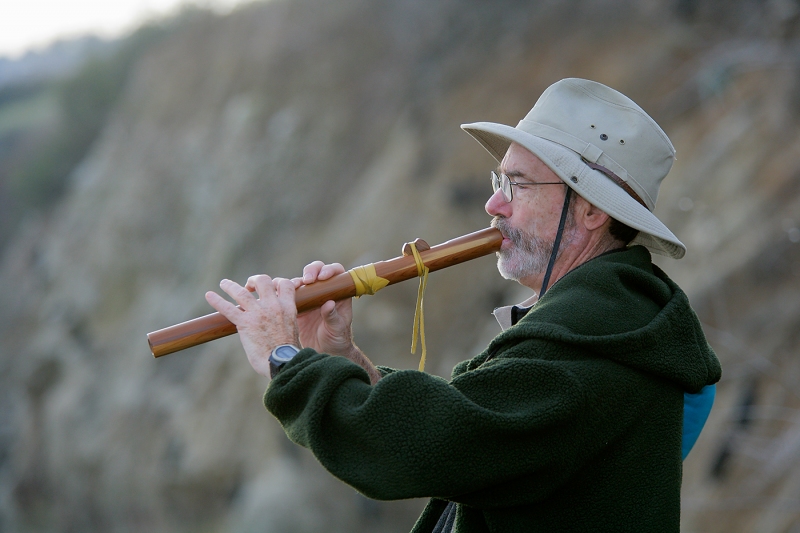
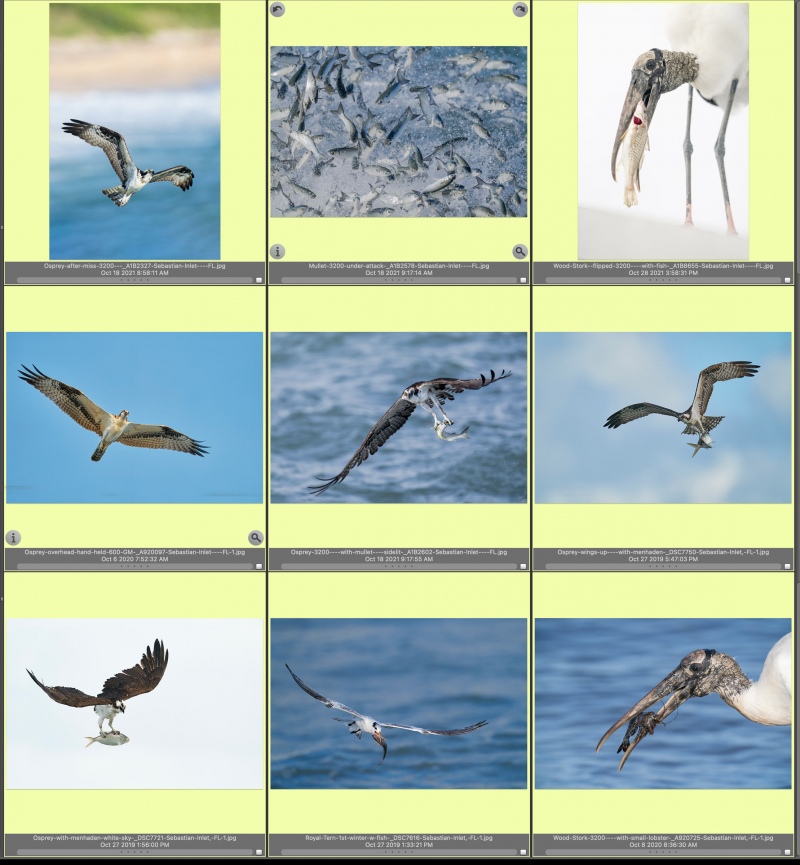
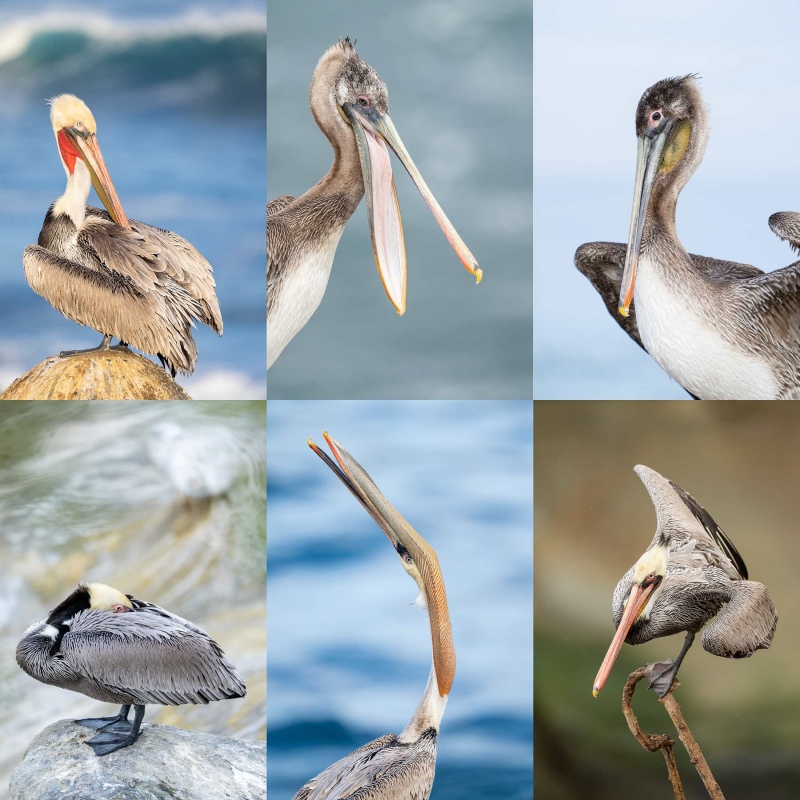
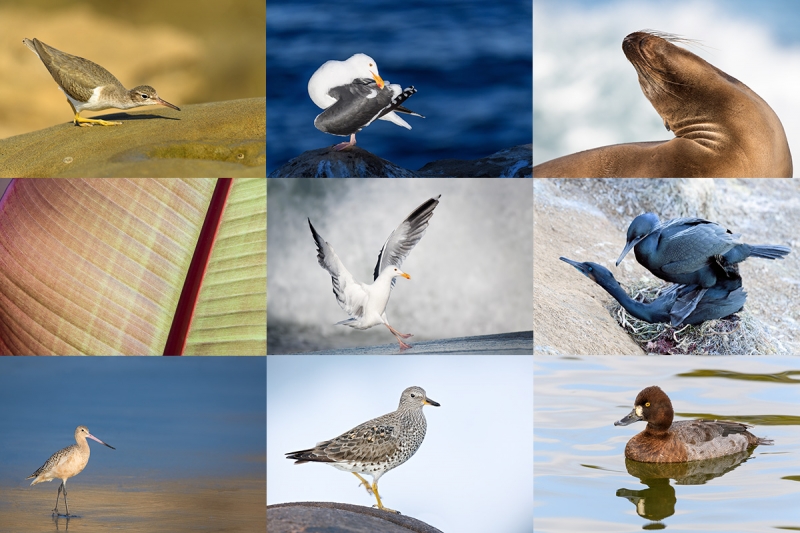



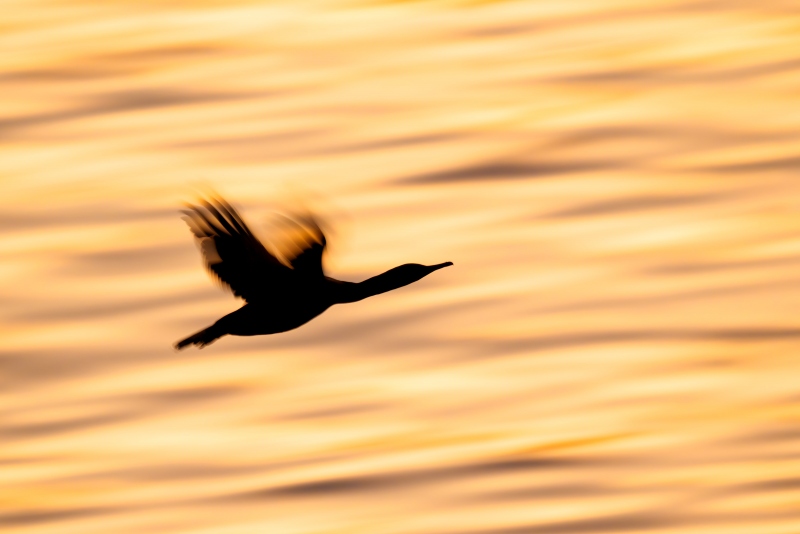
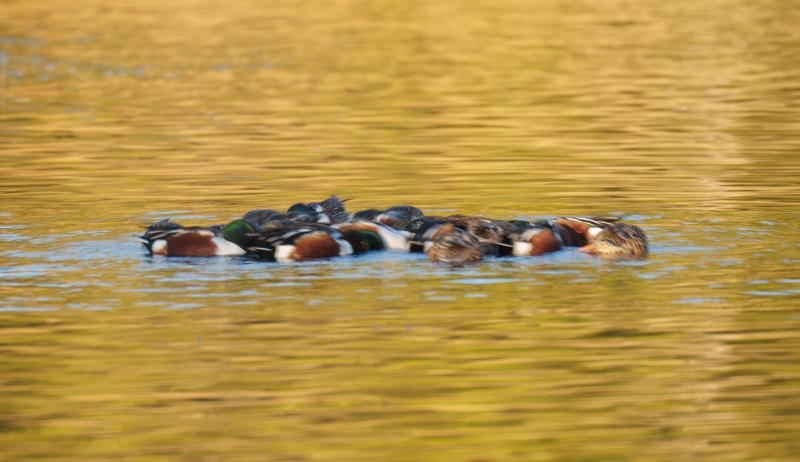
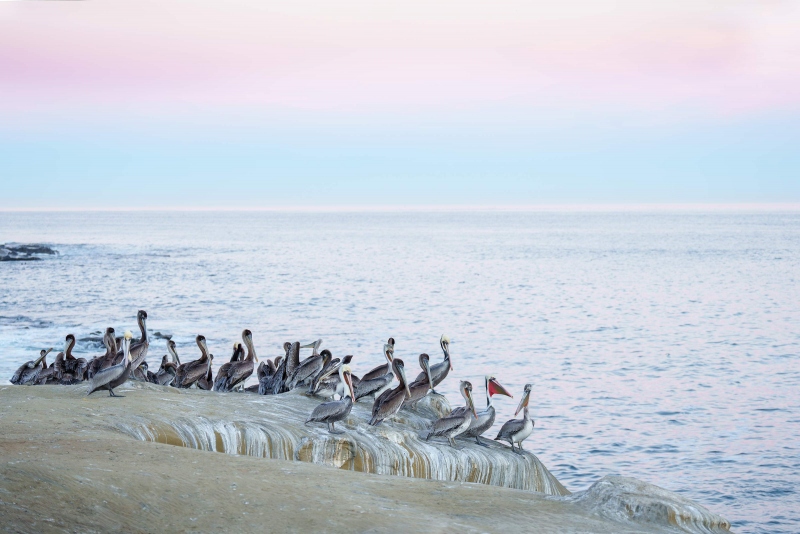
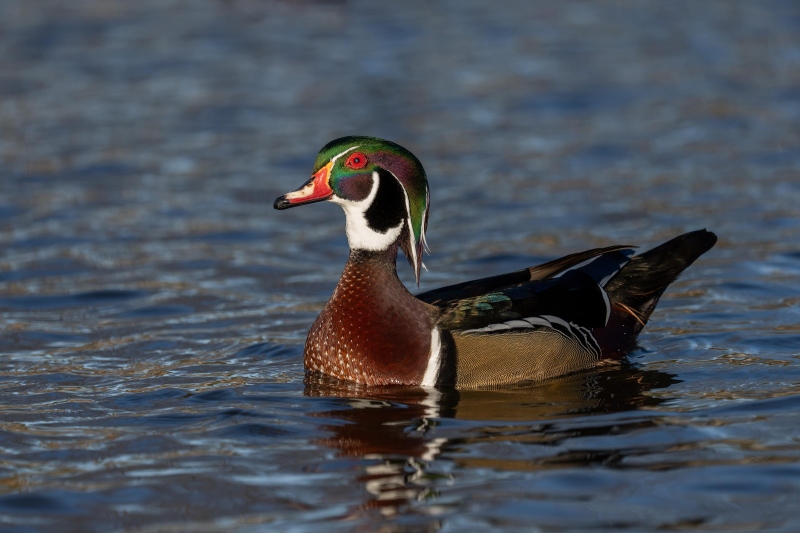
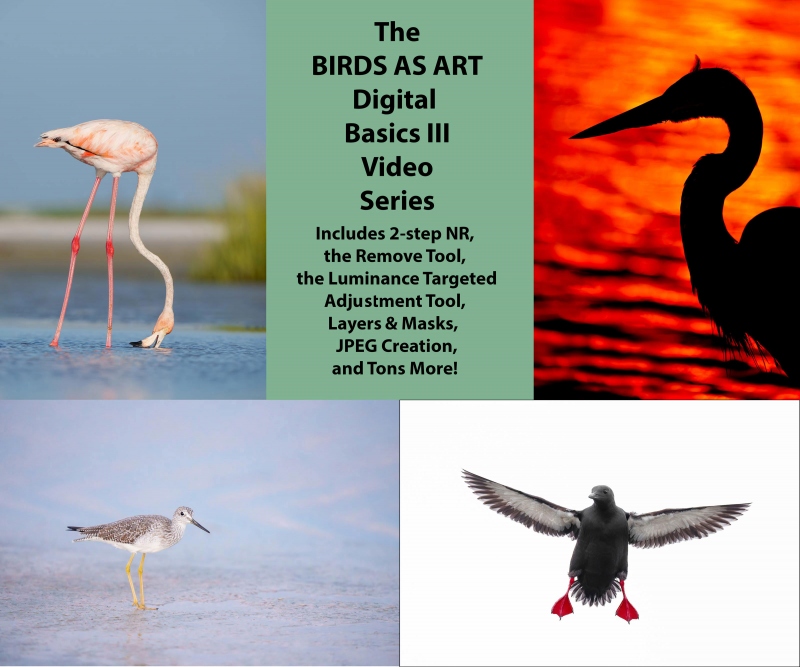
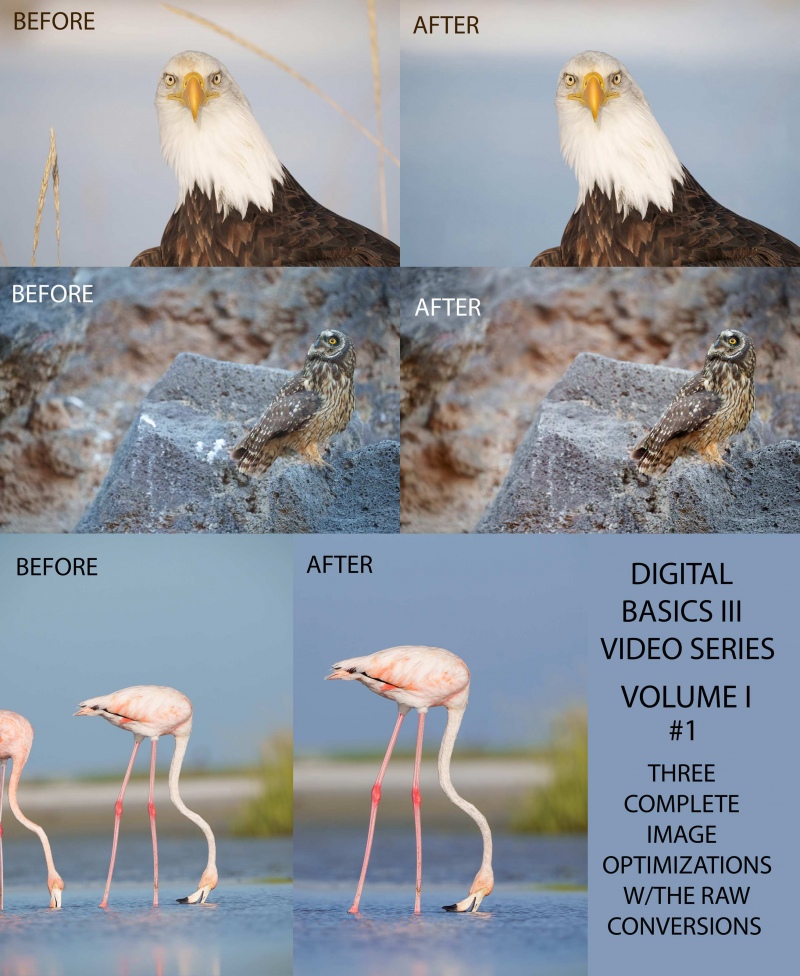













For me, the cormorant takes first place easily, the upward tilt of the bird nicely complemented by the pattern of the waves in the background. And off the ankles! Nice tip too on the narrow bill.
Thanks, Cliff. The ankle pod mention as a cut and paste error; I was standing at full height.
The lowest I can get for flight photography is sitting.
with love, a
First choice is the wood duck, such incredible plumage! IMO, it’s not an ugly duck. 2nd choice is the cormorant; wonderful background and the blurring conveys movement. Is that sun on blurred clouds or sun on blurred water?
Hoping for the best for your friend Cliff.
Thanks, Keith. I too think that woodies are gorgeous. A bit garish, but beautiful.
The color is on the Pacific Ocean that I believe qualifies as water 🙂
with love, artie
psL Cliff’s surgery went well.
sorry to hear about cliff i will keep him in my prayers
love ilene
Image #1 Pelagic Cormorant and Image #2 Northern Shovelers/group are not real clear! Image #3 Brown Pelicans and Image #4 Drake Wood Duck are well made and interesting!